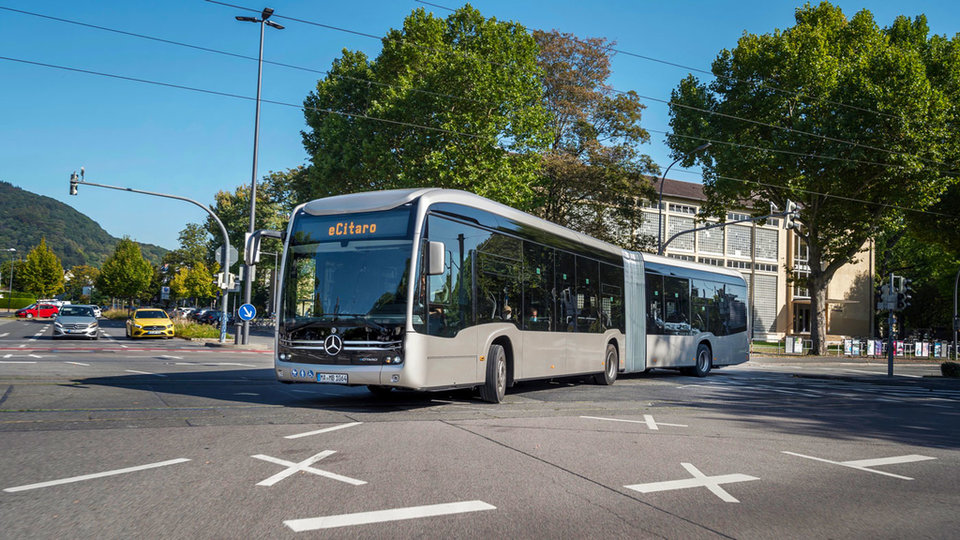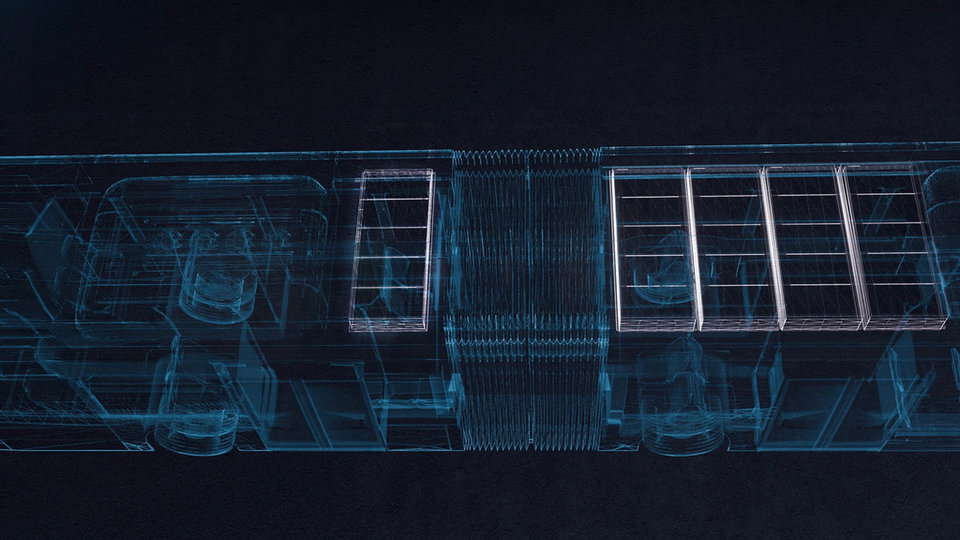Image:
Li-ion battery packs may be the current industry-standard but they’re heavy, bulky and contain far less overall energy than a tank of fuel. In addition, they take a long time to recharge and, after ten-or-so years, can lose a noticeable amount of charging capacity. Clearly, a next-generation technology is required to replace them if EVs are to truly rival the convenience of a fuel-powered vehicle.
It is widely held that the heir to Li-ion’s market dominance is the solid-state battery – these cells replace the liquid electrolyte found in Li-ion cells with a solid material. In theory, this makes the cell significantly more energy dense, faster to recharge and discharge, more resilient to rapid-charge cycles, and far less likely to explode or set on fire in the event the cell is punctured or damaged.
Solid-state cells, however, were not thought to be production ready due to difficulties in identifying the correct chemistry for the solid electrolyte and the correct method for profitably manufacturing them at scale. For these reasons, it was thought that solid-state batteries would not make an appearance in the market until around 2025, with few mainstream options appearing before 2030.
Daimler, however, has shocked the industry by announcing in September 2020 that it would offer a solid-state battery option on its eCitaro G passenger bus – the first of its kind. The company claims the solid-state cells have 25% greater energy density than comparable Li-ion ones, with the overall solid-state pack achieving 441kWh of capacity versus the Li-ion version’s 396kWh.
Oddly, the solid-state pack cannot charge as quickly as the regular Li-ion pack at this stage, but Daimler will probably seek to remedy this in a future update.

The company also highlights the long service life of solid-state batteries, guaranteeing the pack for up to 10 years, or 280MWh of overall energy usage. In addition, the pack contains no cobalt unlike most Li-ion batteries, meaning it’s more environmentally friendly to produce than a comparable Li-ion unit. Cobalt has also been linked to the use of child labour in countries such as the Democratic Republic of the Congo.
Should buyers be unwilling to try out Daimler’s new solid-state battery, the company will also offer an updated conventional Li-ion pack on the eCitaro G. This new unit increases the energy density of each battery assembly from 24kWh in a previous iteration, to 33kWh for greater range. In addition, the updated pack uses the same layout and connectors as the previous one, so can be retrofitted to older eCitaro G buses to keep them up to date.
Daimler has not indicated what the cost of the solid-state battery will be compared with the conventional Li-ion option, although it’s likely to be more expensive than the latter. Daimler has given no indication of how many solid-state packs it expects to make or where build will take place, but this is a valuable first step in bringing down the price of this nascent technology.

Mercedes-Benz eCitaro G electric bus